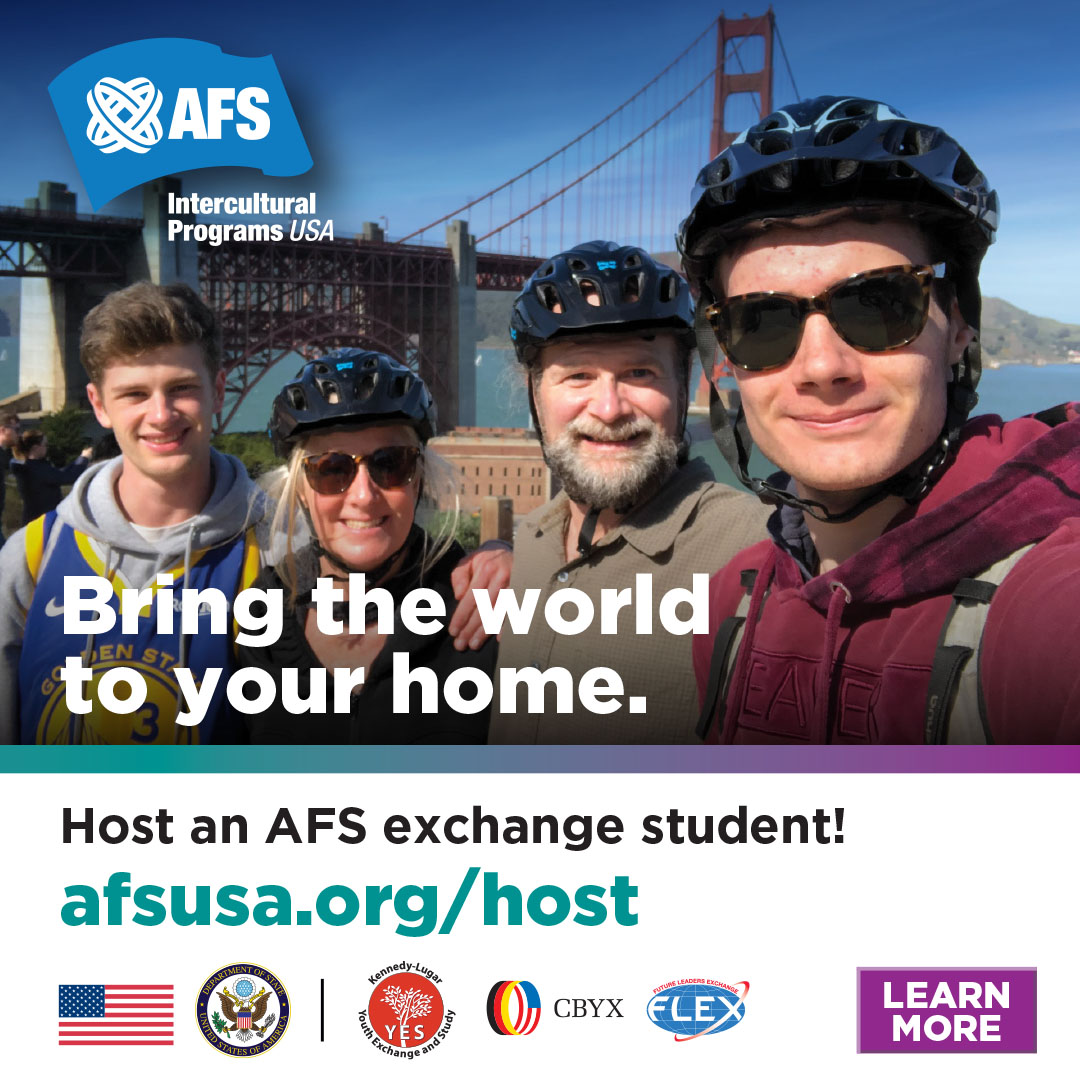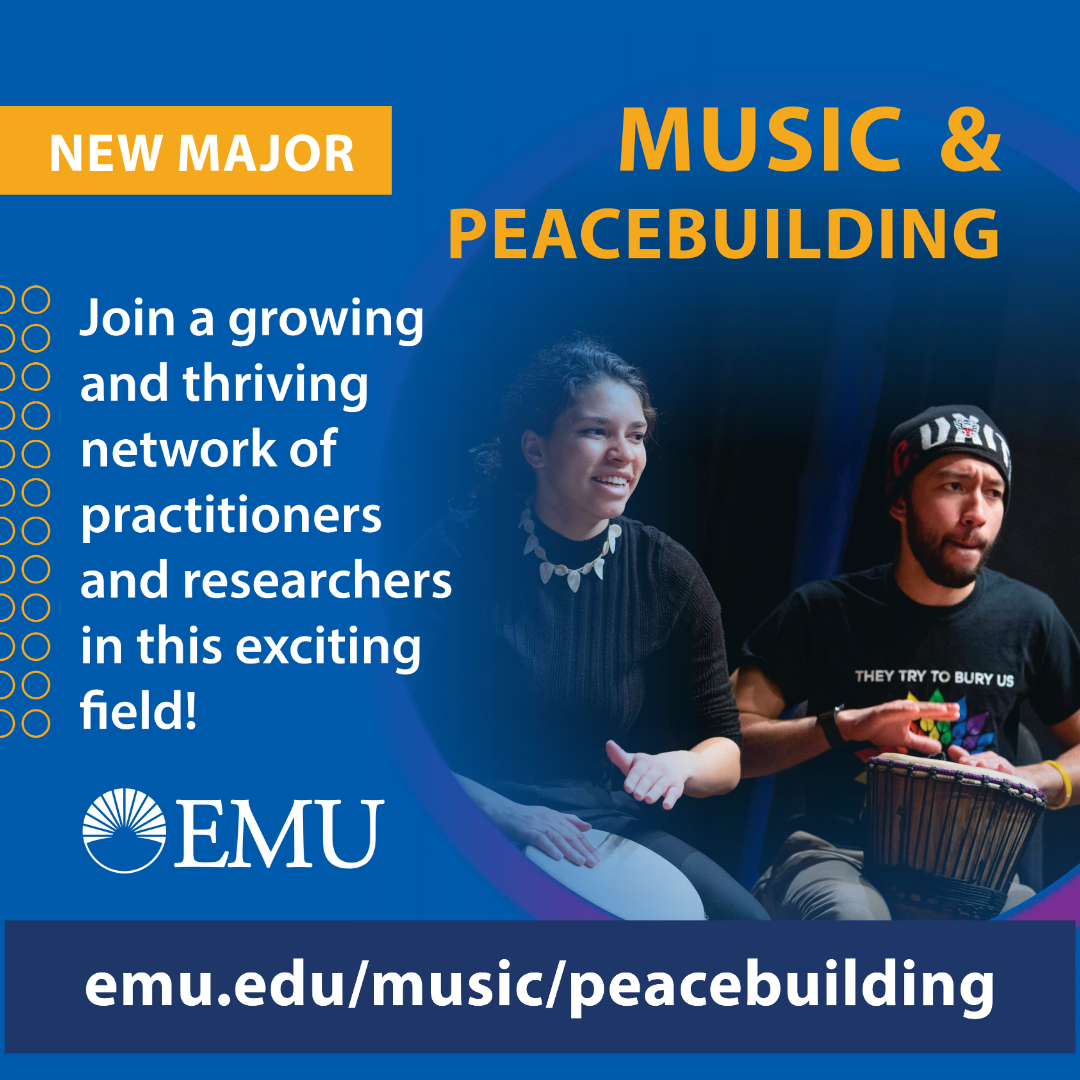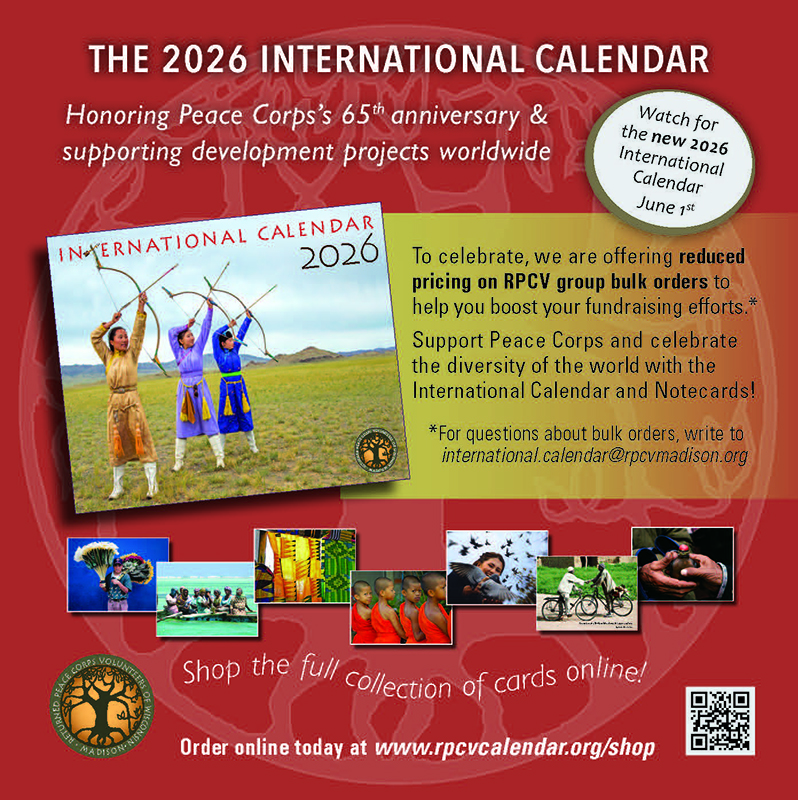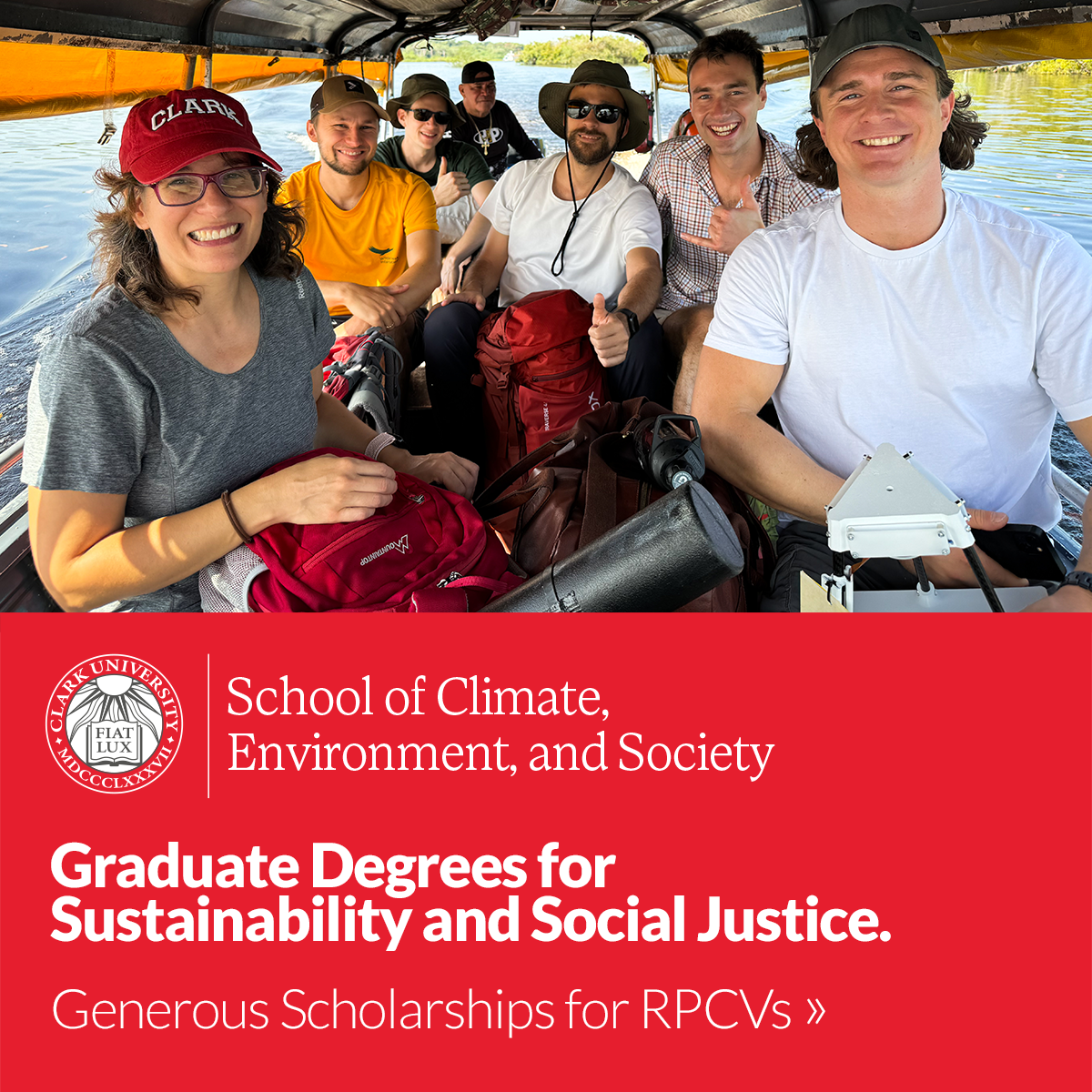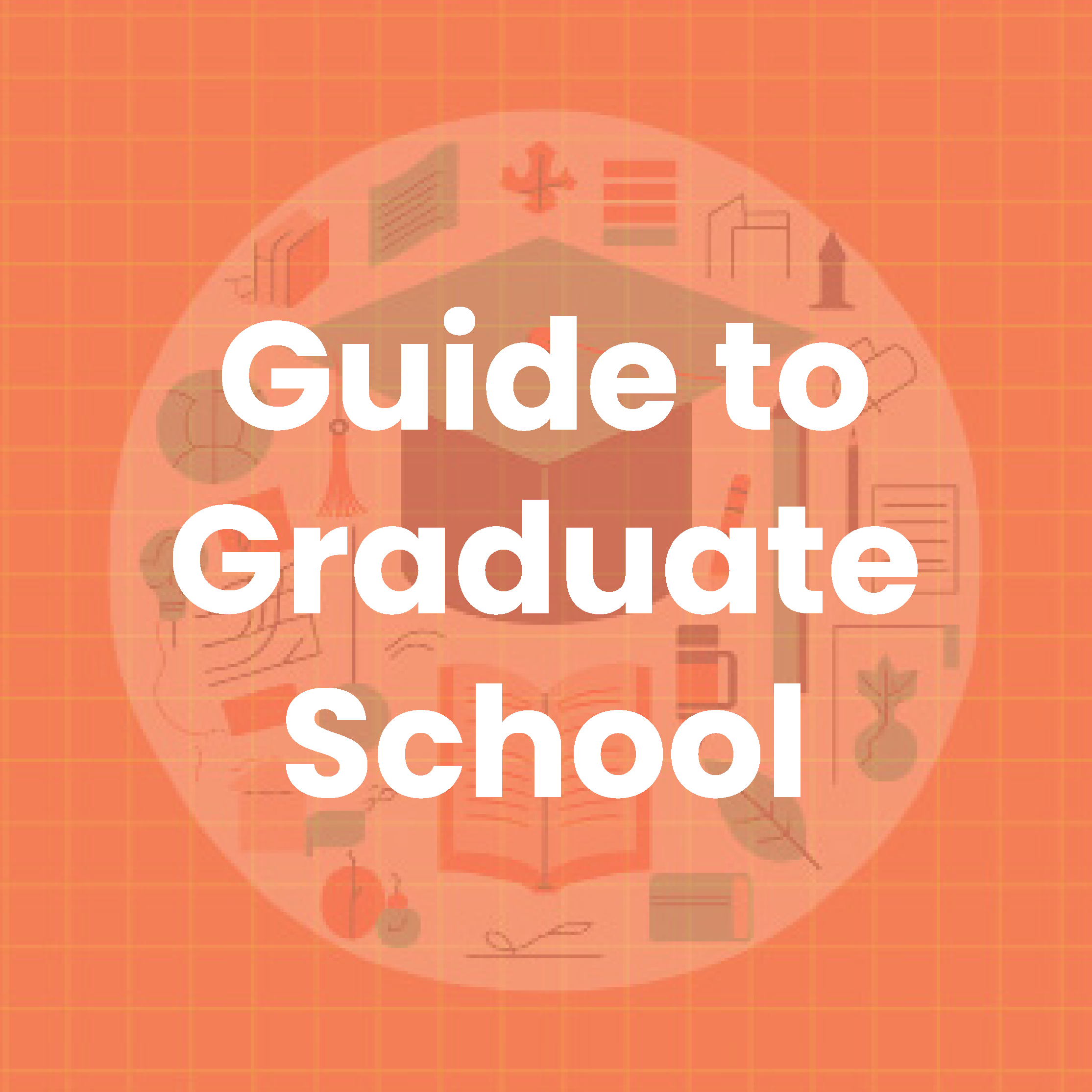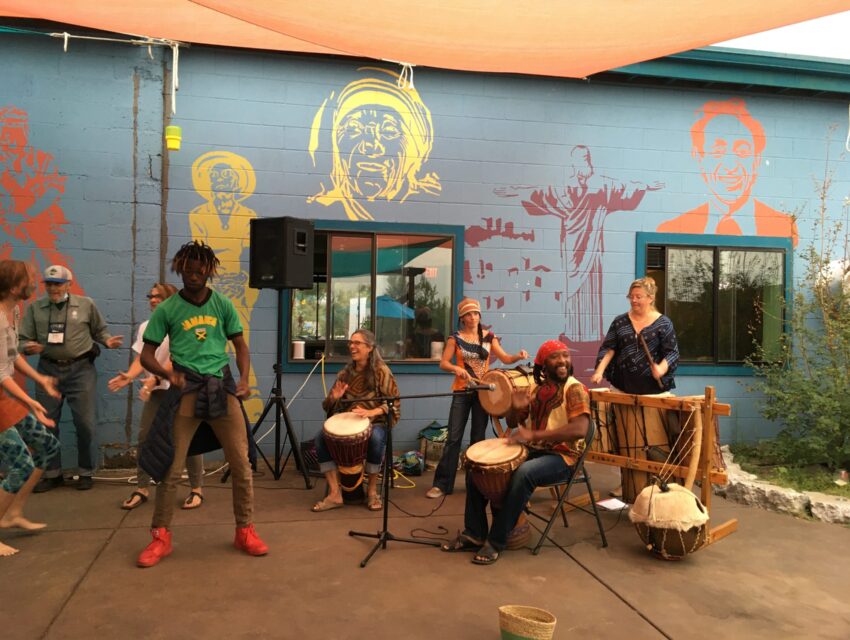
Common Cause
Returned Volunteers build communities around issues and affinities
Returned Peace Corps Volunteers have many things in common: extraordinary experiences, deep friendships, and for many, a spirit of generosity that endures long after their service ends. Thankfully, there are dozens of RPCV groups centered around causes and shared affinities, whether empowering women or resettling refugees, which offer former Volunteers the opportunity to get involved and do what they do best: help people to help themselves.
Here are five RPCV groups that illustrate the range of causes that have been taken up by the Peace Corps community.
Women of Peace Corps Legacy
In 1961, the only surefire way women could access the world of international development and diplomacy was to marry a foreign service officer. Then came the Peace Corps, which, despite some naysayers, not only allowed women to serve as Volunteers, but also eventually allowed them to become Country Directors. During a walk one day on Maryland’s Eastern Shore, former Peace Corps Director Jody Olsen and three Peace Corps friends hatched the idea of founding the RPCV group Women of Peace Corps Legacy to “honor what Peace Corps gave us—the opportunity to become stronger women and leaders, because we could then give it back to the U.S. through whatever we were going to be.”
Upon returning home, she explained, “we didn’t fit the mold anymore because things had happened to us during the two years— learning another language, being part of a different kind of family, training teachers, and being respected as a human being [who] is playing a very active part in a community. It made us leaders and gave us self-confidence.”
The affiliate group has three main activities: providing mentoring opportunities so women of different generations can learn from one another; honoring women who have worked on behalf of other women; and showcasing, Olson says, “extra-ordinary” women leaders in a bimonthly podcast. In addition, the group offers virtual programming, such as coffee chats where women can swap information about their lives and careers, organizes in-person events, as well as happy hours and meetups.
RPCVs for Environmental Action
A hulking trash heap loomed by the roadside when Kate Schachter pulled up to her Peace Corps site in Ghana in 2004, and though her main task was working with tree farmers, she realized the townspeople needed information about how to dispose of waste properly. “We’ve seen such devastation in our communities, whether it’s trash or water quality or environmental practice, mining and others, “Schachter said. “The connection between environmental action and RPCVs makes so much sense.”
That’s why, in 2015, she founded RPCVs for Environmental Action (RPCVs4EA), an affiliate group that builds on previous efforts to raise environmental awareness and partners with organizations such as the Citizens’ Climate Lobby (CCL) and 350.org. “Action means going to Congress,” Schachter said. Co-leader Paul Thompson (Malaysia 1971–73) called CCL “the most effective group at teaching people citizenship skills, how to write letters, how to have conversations, and how to listen [with the aim of building] durable solutions by engaging conservative and progressive or liberal voices.”
Thompson is heartened by stories about resistance and change, especially one about a standoff between a rhino and a bulldozer in Borneo. “The guy got off of his bulldozer and just walked away because he felt so bad he was mowing down trees … He just said, ‘Enough of this. You know, I can’t do it.’ There’s a point in people’s lives when they get it at a level of ‘I’m responsible’—maybe not for the damage, but for the inaction. People are always responsible for taking care of what they love.”
The group seeks opportunities to collaborate with other RPCV groups and to amplify its impact. “It doesn’t matter what the particular group is,” Thompson said. “You just want people to see things through a climate lens.”
Peace Corps Worldwide
Friends since their Peace Corps days together, John Coyne and Marian Haley Beil (Ethiopia 1962–64) together produce the blog Peace Corps Worldwide and the Peace Corps Writers imprint. Their efforts lie at the heart of the Third Goal of the Peace Corps— bring the world back home—and they’ve helped hundreds of writers tell their stories and publish their work. “RPCVs are the ones who tell the real story of the Peace Corps,” Coyne said. “They tell of their experiences in essays, articles, short stories, and memoirs. Stories that are the true historical documents of the agency.”
Coyne and Beil’s collaboration began in the early 1980s with a small, printed newsletter that eventually became an online publication. These days, Peace Corps Worldwide is a literary hub that spans generations of Peace Corps Volunteers and has a readership of thousands. Ten years ago, Beil also started the publishing imprint Peace Corps Writers. “It’s my baby,” she said. “Most Peace Corps stories are not going to get published [by] some fancy publisher, and so I decided to make a venue for books about the Peace Corps.”
Coyne, a prolific author himself, is the editor-in-chief of the blog, while Beil serves as the site’s publisher, designer, and database manager. The two estimate they’ve catalogued about 680 books about the Peace Corps experience and some 1,900 authors. “For us, it is a treasure of literature and life,” Coyne said.
LGBTQI+ RPCVs
As a gay Peace Corps Volunteer in the Philippines (2009–11), Justin Tabor was lucky to live in a place where it was possible to be out during his service. The experience, he said, activated a part of his identity that he “didn’t really celebrate prior to the Peace Corps,” and gave him community organizing skills he has used to revamp an affiliate group for Volunteers who identify as lesbian, gay, bisexual, transgender, queer, intersex, and others. Twenty-seven countries where Volunteers serve have laws prohibiting same-sex relationships, which can create a fraught situation for Volunteers in the field. Nick Denson, the group’s co-chair, served in Rwanda from 2018 to 2020 and met Volunteers who clued him in to this situation. “What is the way to push for people’s right to be who they are?” Denson asked in a recent interview. “But also in a socially responsible way, and that keeps people safe? It’s not an easy question,” he said. “I think that’s where the work is at.”
So far, the group has worked with about 40 Peace Corps applicants, “partnering them with our PCVs who can talk to them one-on-one about what it is like to serve in these different countries. Give them advice. Give them realities,” Tabor said. “I think that’s really helpful because sometimes the Peace Corps as an agency can’t do that or is unwilling to do that. That’s a gap we can fill in with education and mentorship.” Tabor said he wants the LGBTQI+ RPCVs affiliate group to be a resource before, during, and after service: “There’s no wrong time to connect with us.
Peace Corps Community for Refugees
When the first wave of Syrian refugees arrived on the Greek islands in 2016, a group of former Peace Corps Volunteers rushed to welcome them, Barbara Busch, a former Peace Corps staffer, recalled. “Four or five of us vacationing there greeted the refugees and tried to make them feel welcome and safe,” she said. That was the impetus behind Peace Corps Community for Refugees, an affiliate group dedicated to helping refugees and asylum seekers navigate the resettlement process. “We want anyone seeking refuge in the U.S. to feel as welcome here as they made us feel when we were in their countries over the last 60 years,” said Don Drach (Liberia 1971–73, Peace Corps Headquarters 1974), one of the group’s leaders.
It’s a huge project that involves advocacy, volunteer services, and listening skills. Darcy Neill, a former Country Director in Jordan and Morocco, focuses on getting people to vote for candidates whose positions are favorable to refugee status and the immigration process. “Some of the resistance to immigrants is [the belief] that they’re going to just come and take our services,” Neill said. “A volunteer can help get the kids in school, get moms out of the house, and help Dad gain skills so he can land a job.”
The group partners with refugee organizations, such as the International Rescue Committee and the Jewish resettlement agency HIAS, to provide service opportunities for RPCVs and the wider Peace Corps community. Volunteers are able to support refugees in their communities, from setting up apartments to teaching English. To facilitate these efforts, the group will soon be launching an online guide that links to refugee agencies and data maps showing the locations of service providers, refugee agencies, and their affiliates.
Taken together, cause-related and affinity RPCV groups manifest the spirit of service many Volunteers learn in Peace Corps and seek to bring home to their communities. The groups mentioned here represent just a sampling of the many projects returned Volunteers participate in across the U.S. and around the world to carry the legacy of Peace Corps forward and foster international understanding and friendship.
Beatrice Hogan is a journalist who served in the first group of Peace Corps Volunteers in Uzbekistan, from 1992 to 1994.
Related Articles
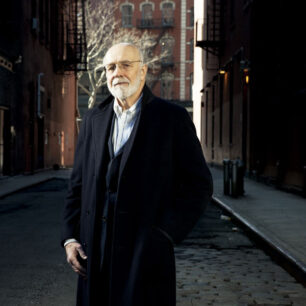
Made in America
Charlie Clifford (Peru 1967–69) is the founder of Tumi Inc., a global travel luggage brand, as well as Roam Luggage.…
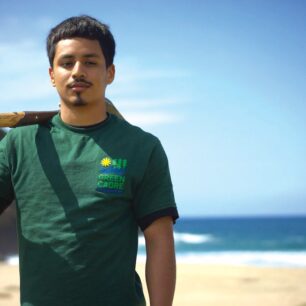
“Bigger Than Peace Corps”
California Service Corps is the largest state-based service program in the U.S. , with more than 10,000 volunteers across the…
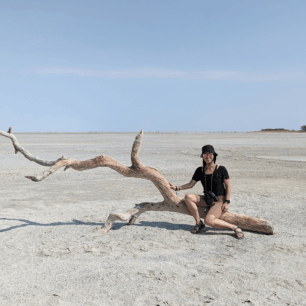
Signal Boost
The digital world is awash in voices seeking monetary reward or improved social status, as the online acronym goes, IRL…
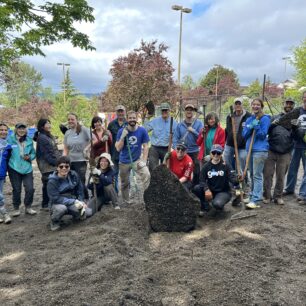
Garden of Refuge
As part of our commitment to continued service, the Seattle Peace Corps Association (SEAPAX) is partnering with World Relief Western…

